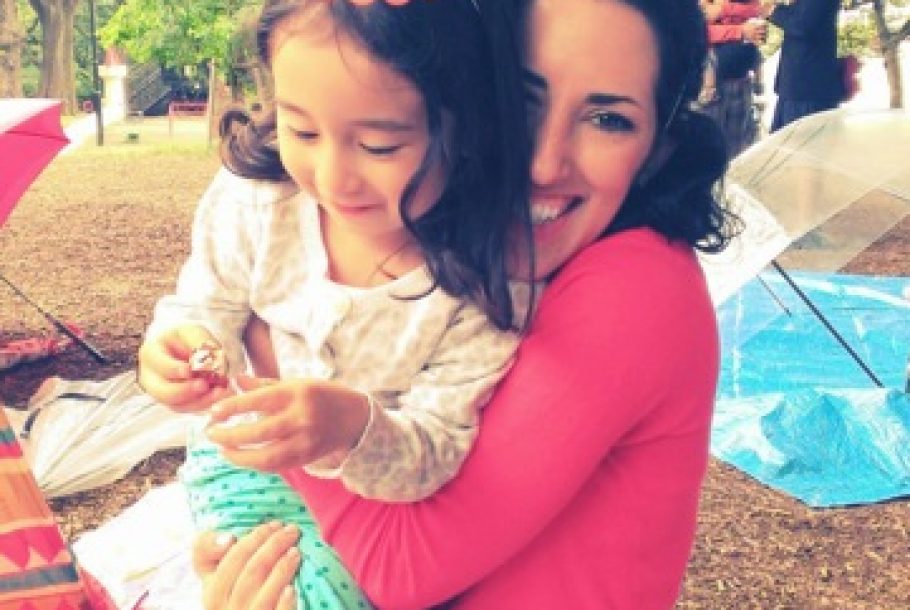
Travelling with Toddlers: Melissa in Tokyo
Tokyo has always been something of a mystery to me. It seems so foreign and fast paced, but then there is so much tradition and culture. I just can’t really wrap my head around it. I wanted to investigate further and the lovely Melissa from the fantastic blog Melibelle In Tokyo, which talks all about raising her family and exploring this city. And guess what, she really threw me for a loop. The Tokyo she talks about is beautiful, clean, simple, green, joyful and fabulously fun for children. I think I’m just going to have to go there to figure it all out.


How did we end up in Tokyo? My husband is Japanese. Though he was raised in the Washington DC area, we moved to Tokyo just six months after marrying in south Florida, making Japan our shared home.
In the beginning, it felt surreal that I lived here. It felt like I was on vacation, perhaps visiting Epcot’s Japan pavilion, but even through culture shock, I grew endeared to Japan. Of course, life is much simpler without kids. It seemed nuts to think I could raise children in a place so foreign to me, with all of the difficulties with language alone.
Tokyo has become the place where I not only became a mother, but found community with my children’s preschool and neighborhood. Tokyo is chic and it is also gracious and welcoming to families and children. It’s accessible and full of fabulously fun opportunities for children. Tokyo is, not to mention, safe. Children learn independence and confidence in their city. My kids are just as at home in the famously packed Shinjuku train station, as they are in the most crowded pedestrian crossing of Shibuya, or our quaint neighborhood full of gardens, chatting with the elderly couple who sells us fish for our dinner. Tokyo climbs into the heart and makes a home.
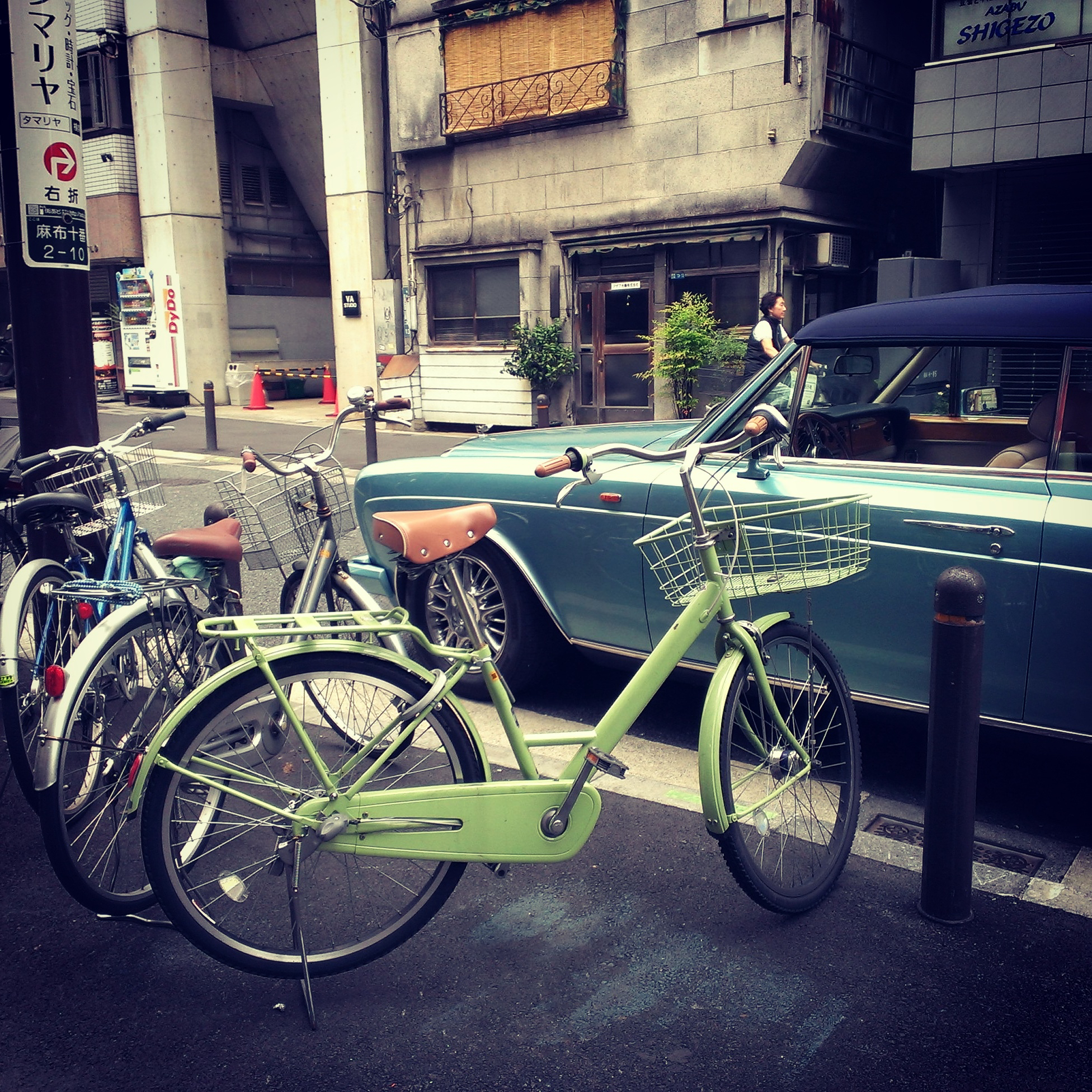
Tokyo is frighteningly beautiful. It breaks the mold on any expectations, perhaps because it seems to operate within contradictions. As a mega-city, trains may carry a documented 40 million passengers daily (BCC, 2016), but the ride will be sacrosanct and quiet, passengers obtaining from speaking on phones or carrying-on any loud conversation. Trains, as do city streets, remain clean.
I have left packed soccer stadiums, expecting left-behind cups, wrappers, or food, but have seen nary a crumb.
Living in the most populated urban area could be deafening. It could, maybe, should be stressful to manage with children. Instead, there is simplicity of life, a calm that is celebrated. My family and I have made our life within a culture that is generous, kind, and respectful.

Within the modernity (robot cafes, electric toilets, and the tallest tower in the world, Tokyo Skytree), there is an old-world mindset, too. Think faxing and filling out a myriad of forms. Instead of a signature, though, we use a registered hanko, the legal stamp of a family’s name in Kanji, or Chinese characters.
Similar to The Big Apple, there are green spaces, gardens and parks set-up within neighborhoods. Whereas NY has its Central Park, we have Yoyogi Park and Shunjuku Goen.
Due to limited space, families will not have yards and their own private acreage, but they will have neighborhood parks and playgrounds to choose from.
Our closest and best park was created over 300 years ago and is famously known for its 1,000 cherry trees. Come sakura season/cherry blossom time, we plop ourselves down and enjoy what may be the happiest time of the year in Tokyo.
It is quite easy to leave the cumbrance of a car in this city. The train and metro system makes getting around a breeze, combined with any walking or biking you may do.
Life with kids is nice here in Tokyo. Children are enjoyed, mothers may experience a friendly-nursing culture with older women encouraging them, and there are many clean spots for changing diapers and feeding baby, though, generally, it is a modest culture and women tend to cover with a nursing shawl or cover.
Accommodation
Try to stay at least one night at a traditional inn, or ryokan. The many five-star, luxe hotels will still hold the magic of Japanese hospitality, but try a night on a tatami floor, with silent sliding doors, shoji screens, and all of that old lore. Note that in Japan, guests pay for the amount of guests, not just the room. Sleeping on futons is a comfy and fun option for kids. Plus, parents never have to worry about young children falling off the bed.
Business hotels are pretty much no-frills hotels that mostly accommodate business people, and honestly, mostly men. There are your five-star luxury hotels and more modest run-of-the-mill hotels.
Note: “love hotel” does not mean your adorable family would “love” to stay there and explore the intriguing items that may be in your room. Steer clear unless this is a couples trip.
booking.com is a site that has helped us secure enjoyable accommodation in and outside of Tokyo.
Recently, when visiting Tokyo Disney, we stayed in Mitsui Garden Hotel , its inexpensive rates, spacious rooms, easy kid buffet, and free shuttle ride to theme parks, making this hotel a winning choice.

Food
Convenient shops (conbini) are your best friends. You’ll find drinks, food, toiletries, and ATMs. It’s where we locals may even pay our bills, buy show and concert tickets, and receive packages. For an easy snack on the go or a quick, cheap lunch, kids and adults love onigiri, those large triangles packed with rice and stuffed with various fish, meat, or veg. Picnic season, specifically cherry blossom hanami time, is a fine affair for stopping at a convenient store for drinks, snacks, and meals to share. Also, when in a bind, convenient store dinners are not half bad. Noodle dishes, great salads full of grains, pumpkin, chicken, wakame seaweed, you name it. This country knows how to stock its convenient stores.
Kids are welcome at most restaurants, of course, but family restaurants such as Denny’s or Jonathan’s will be the most helpful with high chairs, kids’ own cutlery and dishes, bibs, changing facilities, and kids’ menus. One of our favorites, Ootoya, offers a basket of toys for children to choose from. We ate here recently and truly, this is the Japanese version of a happy meal.
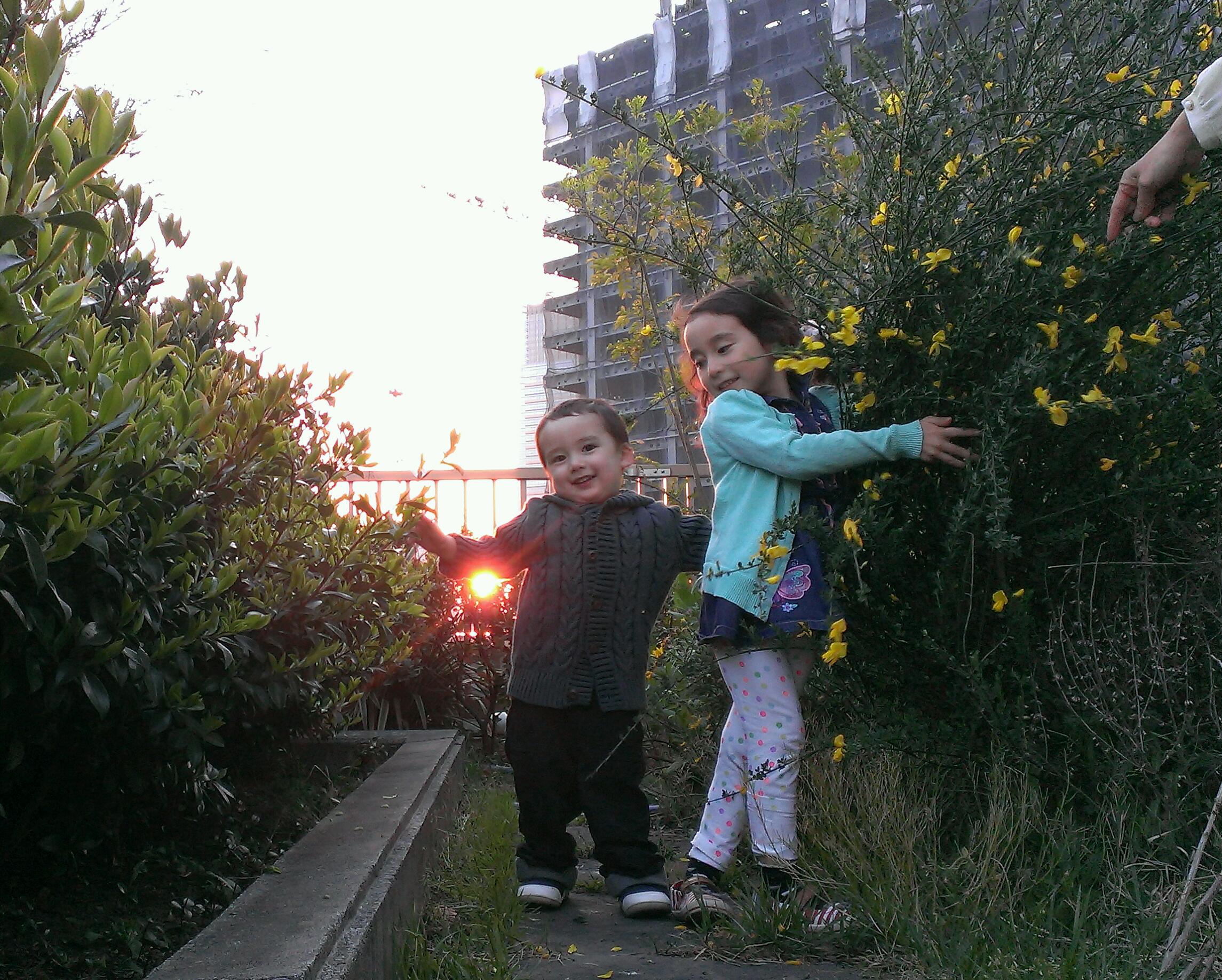
Activities
Many fantastic family friendly activities and venues are situated along the main Yamanote train line which circles Tokyo in one main loop, including several family-friendly spots such as Ueno. Ueno Zoo is a hit with their pandas and the zoo is just small enough in size. Strollers are available and they have old time kiddy rides and an adorable carnival. This one vicinity of Ueno holds more than seven museums, including the incredible National Museum of Nature and Science. All museums are clearly marked on bilingual signs. These museums are free for high-school students and younger. You may also stroll in the sprawling park, temple, and pond. Couples and families can paddle-boat in big swans. Weekends bring street performers and prime people watching.
Along the same train line is a rooftop aquarium and planetarium at Ikebukuro’s Sunshine City, where you can soak up much of the city with kid and family-friendly activities.
While many cities in the world have a Disney theme park, Tokyo is the only one who can boast of having Disney Sea, a unique and fun-laden park revolving around various ports and an obvious water theme. Think Ariel’s underwater world with its small coaster, a pavilion devoted to Aladdin, Jasmine, and Jafar, 20,000 Leagues Under the Sea, and quite a lot more. While a Disney park, Tokyo Disney Sea is a distinct Japanese experience. You’ll see!
Also in the realm of entertainment is beloved director, Hayao Miyazaki’s gorgeous museum and gardens, Ghibli Museum. This is the home and the genius of animated films such as My Neighbor Totoro, Howl’s Moving Castle, Ponyo, and a prolific slew of other favorites that have moved kids and adults around the world. Seriously, it is an honor to tour the facility and worth the trouble of securing tickets in advance, on the first of every month. (info in the link).
Transport
Tokyo, for all its bustle and commuters, is phenomenal in terms of transportation. There are far more signs and train guides in English than when we first arrived. If you miss a train, the next one may pull in three minutes later.
Narrow, light strollers work best, as they will fit through train gates and wickets and may have to be lifted over stairs, should a station not be equipped with an escalator or elevator. (I know, it is tough). Should you find yourself in a bind, call out to a station worker to help. This is what they do.
Cabs, walking, and getting around on bikes will help you fill your time when not using trains. Prepare to walk off most every meal and come home with tighter calves!
Insider tips/advice
Don’t open your own cab door when getting in or out; your driver will open the left rear door automatically.
Appreciate the humility of the culture. You’ll find that you’re still lightly bowing well after you return home and you’ll notice more beauty than you may have been previously aware, through any culture.
Technology is a wonderful thing. Google Maps is a huge service here where literally everything is foreign. Sites like Jorudan and HyperDia make travel even more of a snap. Simply enter your starting station and the station you wish to arrive at to know train route, length of time, and all fares.
Pack some comfy shoes. Tokyo is stylish, for sure, but you have to be able to walk for a longer period than you may be accustomed to. (This also means you can eat more, too!)
Eat your way through the city, looking to see what locals are enjoying. It’s a different palette and one that is generally very seasonal. Splurging on a kaiseki meal is a solid way to ensure that you get the chance to taste an impeccably good meal, within the confines of tradition (all cooking styles/elements used, alongside the freshest, most seasonal ingredients).
Find your way to a festival. Any one. Every season is marked by festivals, with their own sounds, drinks, and treats. Whether a bbq and beer fest on a high rooftop in July, to Children’s Day in May, or a week of fall maple trees lit each evening in November, there is an occasion to celebrate with your happy hosts. Of course, there is a reason why spring/cherry blossom time is high season.
Come with three basic phrases, at least. “Sumimasen” (soo-mee-mah-sehn) is your most capable, the word with the most multi-tasking ability to convey respect. It is your “excuse me”, “I’m sorry”, “Oh, thank you, I’m sorry”, “I acknowledge that you are helping me and I am an awkward traveller”, etc, etc. Basically your cover-all.
Also know “Arigato gozaizasu”, thank you.
“Gomenasai” is “I’m sorry”, but if there is one to know, it’s that amazing, all-purpose, “sumimasen”.
Travel Time
Peak seasons are fall with the changing leaves and mild temperature and spring, with the famous cherry blossoms and a whole city that is suddenly blossoming. Summer in Tokyo is hot and humid. Walking through a concrete city just radiating heat is not the most soothing adventure. And yet, many of the most enjoyable festivals occur in summer—-fireworks festival/hanabi on the Sumida River in late July with everyone in colorful yukata, and the Obon dance festivals in August. Again, festival-goers clad in yukata, and it is really is a blast. Every year we have so much fun. A Tokyo summer is memorable!
I’m the least crazy about winter, but at least Tokyo sports blue skies and plenty of sunshine during the winter months. It could be much drearier, for sure.
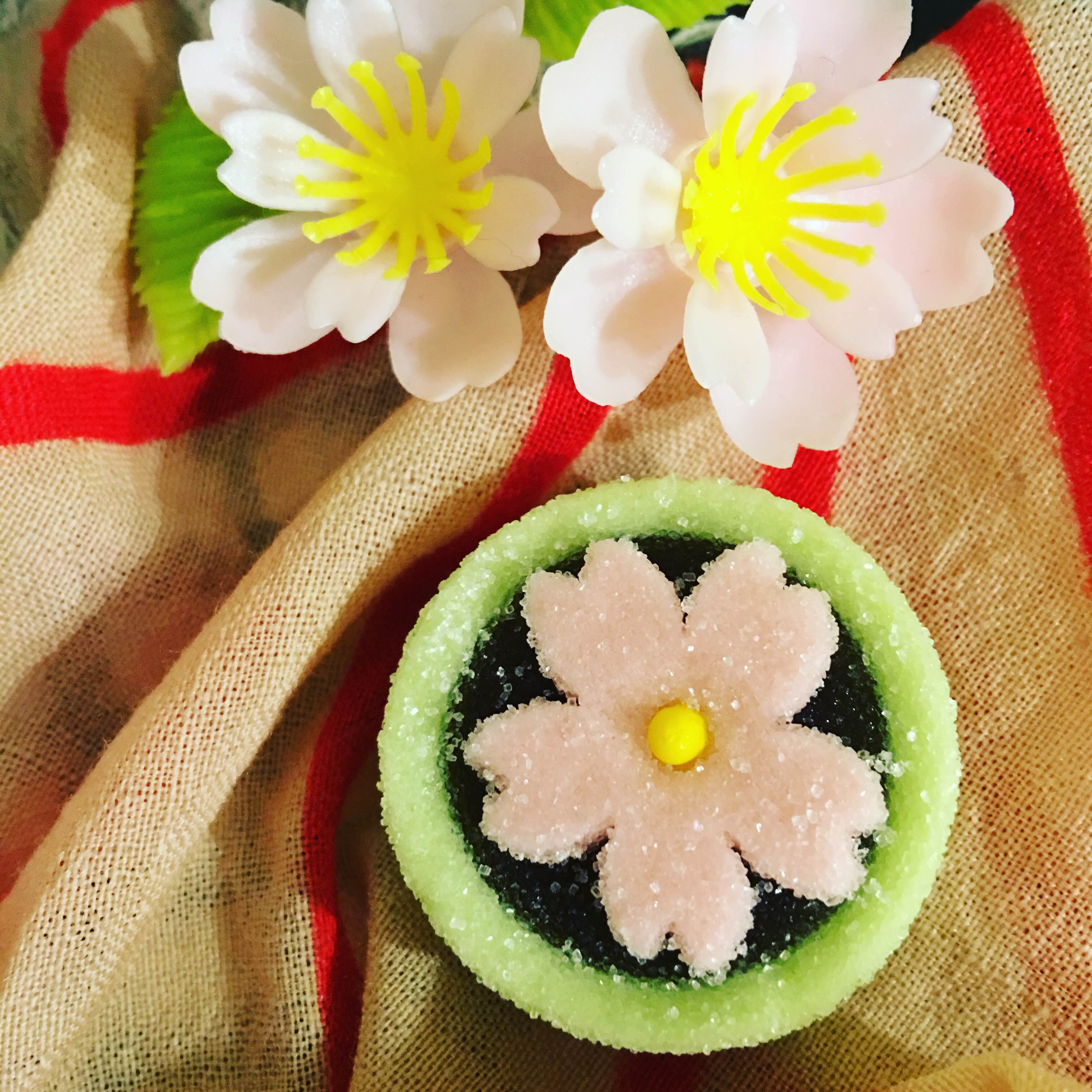
Difficulties
Language can be an issue, for sure. You will find friendly people who will go out of their way to show you where to go, even lead you out and walk with you for a time until you have your bearings. You may also find that people may not take the initiative to help you or speak with you. Many Japanese people will have gone through many classes in English, but will not have had experience speaking, only having some textbook knowledge. Many people are eager for the exposure and opportunity to speak, but the desire for perfection may keep them from taking the risk to make friends or simply speak out.
Regarding safety, Tokyo is not a dangerous place. I feel comfortable traveling anywhere, at any hour, even traveling alone as a single woman. As a whole, missing wallets are returned, jewelry is turned-in, and people are polite.
Young children traverse the train system in pairs and even alone as they commute to school. Anyone traveling with a stroller or wheelchair should know that some train stations and buildings are not equipped with ramps and elevators. Any stroller you bring should be quite light if needing to be carried. If in a station without an elevator, the station workers are prepared to help by carrying your stroller.
Travelers should be prepared for any potential earthquakes and have a plan in terms of where to meet each other should an event occur. Have cash on you, a way to communicate, and even coins for making calls on pay phones should the cell lines go down.
Tokyo is a city of old and new co-existing and nowhere is this more apparent than in a bathroom. You may have a fancy modern toilet with all of the choices in bidet and whirling buttons, classical music, next to a classic squatter toilet. Most restrooms in train stations and parks will not have any soap or paper towels. Bring your own small hand towels/washcloths and your own hand gel or soap leaves. Your kids will be experts in all things Japanese potties.
Actually, Tokyo is a life changer, maybe. This society operates with such a polite love for service, a graceful outlook at how to very peacefully live comfortably in a small space.
Thanks Melissa! You can follow along with her to learn more about life in Tokyo on her blog, Instagram or Facebook page.
From this year’s series read more about Lisa in Tanzania, Ashleigh in Halifax, NS, Nicole in Xi’an, China, Morgan in Toronto, Ashleigh in Colombia and Kylie in Arizona.
And 2015’s series included Spain, Brazil, long-term Europe (her packing list is incredible!), London, England, New York City, San Francisco & Napa Valley, Bali, and tips from a pro.
(Photo credit: Black and white kimono photo by Melissa Willms)
Leave a Comment cancel
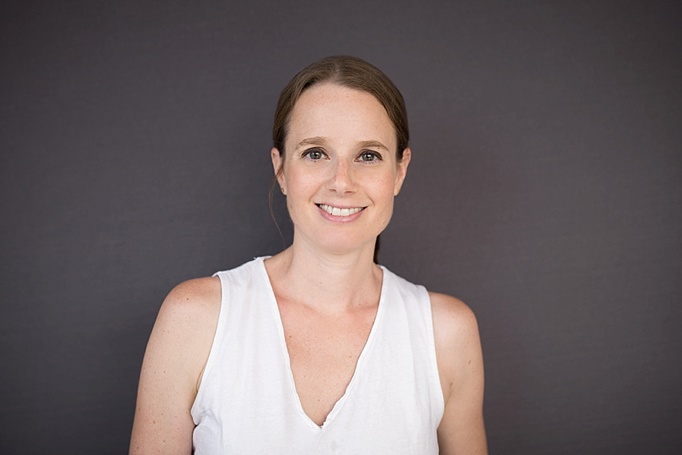

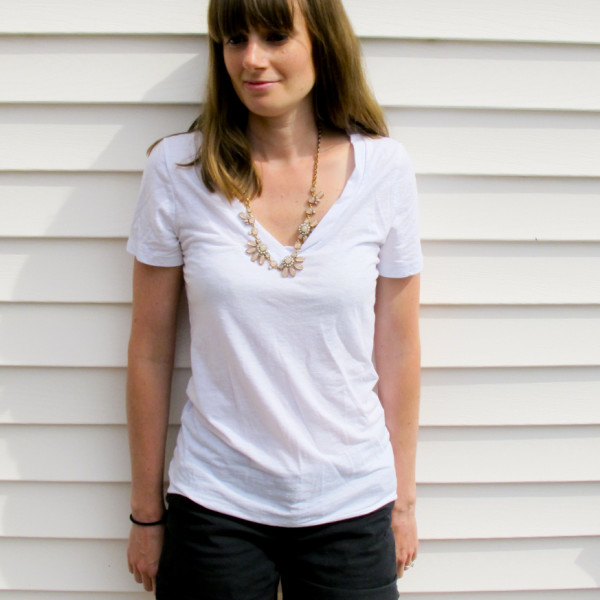
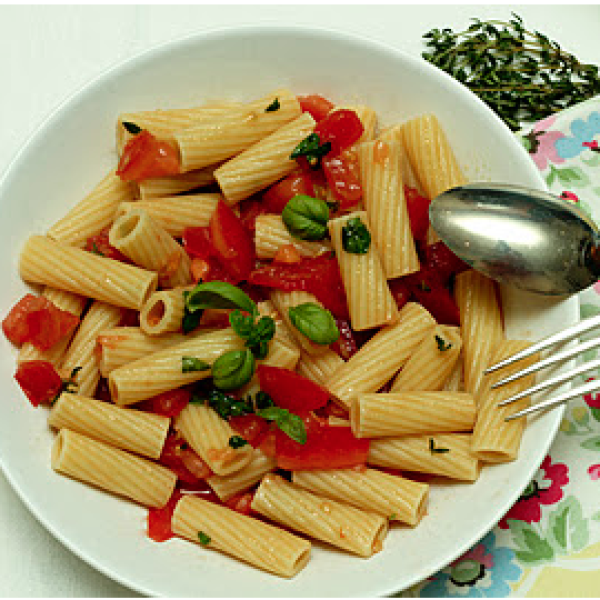










Pingback: Travelling with Toddlers: Tara in Kenya | Roasted